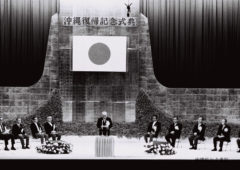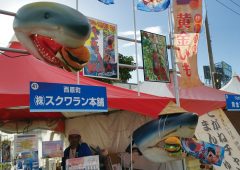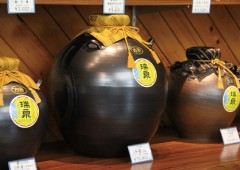2014.09.26
McDonalds to start delivery service on Okinawa on Oct. 2nd
McDonald’s Japan announced that it will start a new delivery service called ‘Mac Delivery’ at two stores; Kokusai Street Makishi for Naha area and Ohira Inter for Urasoe from October 2nd.
This is the first delivery service for McDonald’s on Okinawa. The service allows customers to order any food item on the menu, except for soft cream by the phone or Internet.
Mcdnald’s has ran delivery service as a test case in Tokyo area since Dec. 2010, and gradually expanded it to other areas in the capital region. There are now 183 stores in 11 prefectures out of 3,112 MsDonald’s stores in Japan that offer the service.
The delivery service is limited to orders from 7 a.m. to 11 p.m., and the delivery area is limited to around 10-minute-drive from the store. In the morning ‘Asa Mac’ time between 7 and 10:30 a.m., and the value of the order must be over ¥1,000. Other than than during the breakfast time, over ¥1,500 is required. In addition, a delivery fee of ¥308 is charged.
-
bobby
-
Rico Valverde
-
bobby
-
BlahJU
-
bobby
-
BlahJU
-
bobby
-
-
-
-
-
Paul

 2024.07.07
2024.07.07 2024.06.21
2024.06.21 2024.05.15
2024.05.15 2024.02.07
2024.02.07 2024.01.31
2024.01.31 2023.11.02
2023.11.02 2023.10.26
2023.10.26 2023.09.29
2023.09.29 2023.09.01
2023.09.01






